WD TV Live Plus: Western Digital's Latest Media Player Reviewed
by Cameron Butterfield on July 29, 2010 1:00 AM EST- Posted in
- Home Theater
- Media Streamer
- WD
- WD TV Live Plus
Disassembling the WD TV Plus reveals a passive heatsink design, which is preferred in this class of device since there is no fan noise to distract from the viewing experience. The heatsink found within the unit is comparable to the size of a standard northbridge heatsink found on modern motherboards. The device is well built, the plastic is thick and durable, and the chassis has very little wasted space, which helps it keep a very small footprint. The device also uses metal foil tape to connect the tray to the metal portion of the frame of the device which may also help to distribute some of the heat. Once the heatsink is removed we can see the Sigma Secure Media Processor in the center of the mainboard. Also of note, we see that the unit uses Hynix DDR memory chips, and a RTL8201EL Realtek NIC controller. The Realtek RTL8201EL is a single-chip/single-port Fast Ethernet PHYceiver that is capable of operating at 10/100Mbps, full/half duplex, auto-negotiation and power down modes.
The WD TV Live Plus uses the same clamshell style design that many of their HDD products such as the MyBook line.
Within the plastic casing, a metal tray and cover exist to hold the mainboard
The heatsink and mainboard
The back end of the mainboard.
The processor and memory chips uncovered.
The WD TV Live Plus has a Sigma Media Processor, a chip designed for IPTV, cable, thin clients and media players. This processor architecture is built for low power operation and boasts advanced content protection, digital rights management and a wide list of media format capabilities.
The WDTV Live Plus is almost identical to the WDTV Live, the only apparent difference being the change in processor model number. The Plus version utilizes a Sigma SMP8654 media processor, while the previous WD TV Live version utilizes the SMP8655. Although the SMP8655 has a higher model number, the additional digit actually signifies that it is the Non-Macrovision version. Utilizing the SMP8654 Sigma processor rather than the SMP8655 previously used in the WD TV Live HD is essential for doing the two things that the Plus version of WDTV Live is capable of doing in addition to the features it's predecessor already supported, namely Netflix streaming. We reason that WD had to release the WD TV Live Plus with a new processor because there is no content protection available otherwise for the composite output. This output is analog in nature, and Macrovision is meant for analog output protection. On HDMI, HDCP is more than enough. It is likely that the older WDTV Live HD could have supported Netflix with just a firmware update, but would not have been able to protect the content over composite signals.
Here is a layout of the Sigma Processor architecture followed by a list of features and specifications:
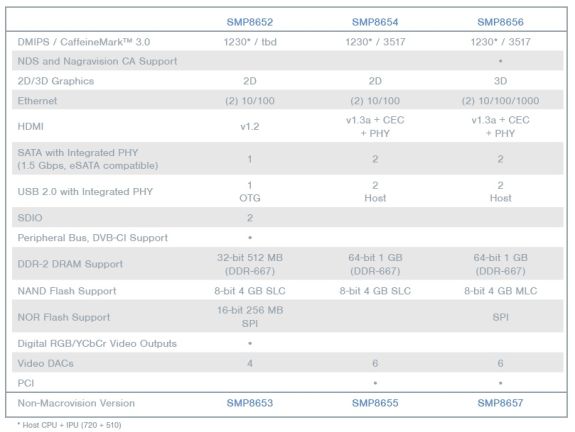
The SMP8654 media processor has 1GB of built in DDR-667, and has interface support beyond the capabilities that it is utilized in WDs implementation. One of those features that would have possibly added value to a device like the WD TV Plus is the SATA IO support. This capability could have possibly been utilized to provide an eSATA interface, allowing further support for Western Digitals HDD products such as the eSATA myDVR expander and other eSATA devices supplied by Western Digital.


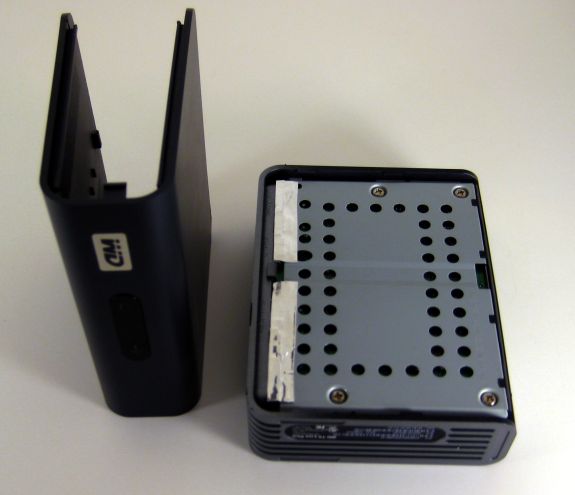
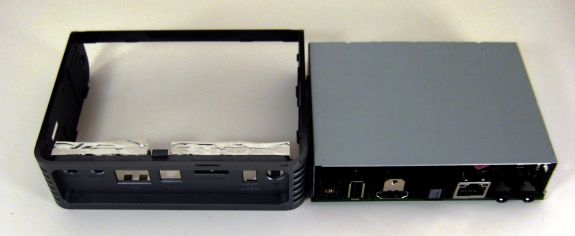
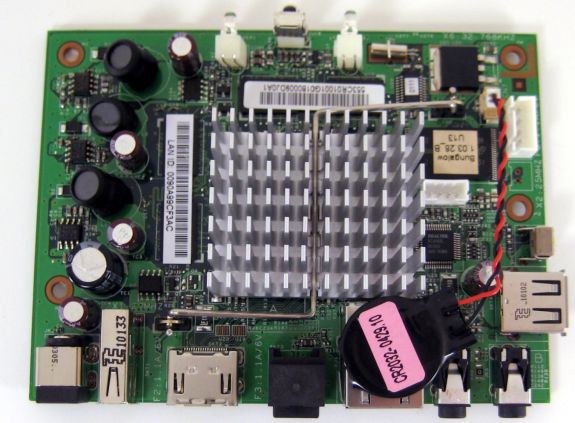
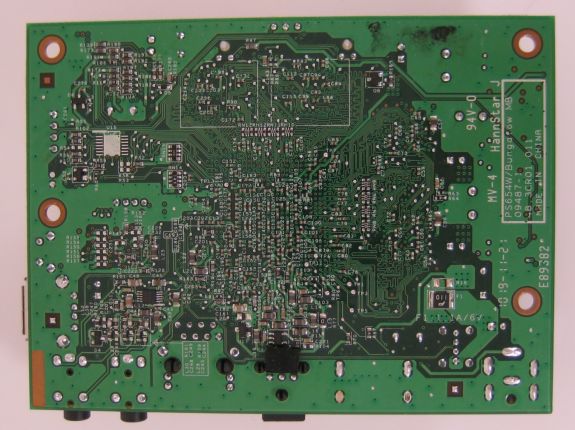
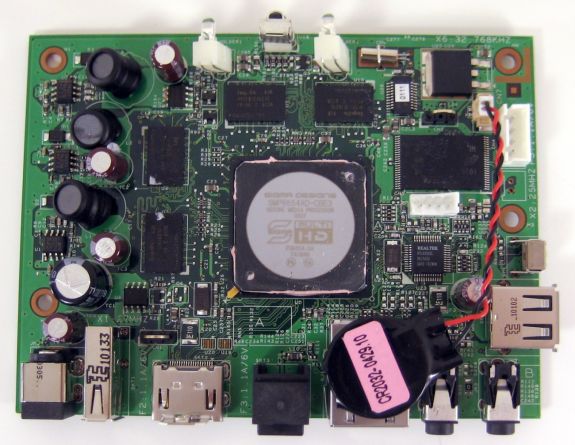
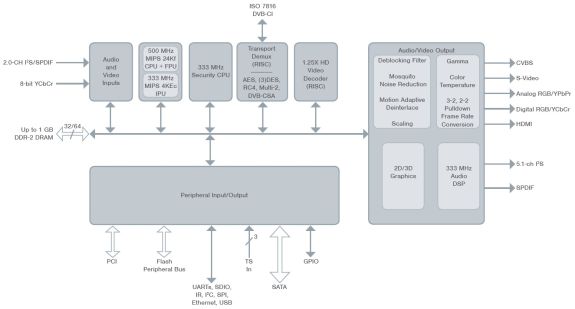








81 Comments
View All Comments
Methusela - Thursday, July 29, 2010 - link
Hey, something you probably want to add is that WD's support of the WDTV line of products is _legendarily_ bad. Please check the network media tank and streaming forums at AVS, at wdtvforums.com, or at wdtvforum.com for verification of the following information. Here's what WD does to its userbase:1) Releases product. Claims they will support it with significant bug fixes and additional, user-requested features.
2) Releases 2-5 firmware updates over the course of the product's 6-10 month lifespan. Often, these sparse firmware releases come with huge problems (like bricking your device), and they almost never address the bugs that the retail device shipped with, nor do they add the functionality that the WD representatives (Scott, Tim, et al) claim would be added when masquerading as "support" on user forums such as those mentioned above.
3) Release new product at a higher price point with almost identical specifications and some of the user requested features of the last generation product, but all of the same bugs.
4) Repeat steps 2 and 3 to infinity.
I know, this sounds a lot like many of the technology corporations around these days, but that doesn't mean you should put up with it. And, this isn't simply a case of sour grapes. Go read those forums and see for yourself how many problems there are and how WD continually fails to address them.
Anandtech should note these issues in a legitimate review of the device because, though it's reasonably inexpensive, the WDTV product lineup is not supported by its manufacturer and, thus, in light of its other shortcomings, is very difficult to recommend.
ganeshts - Thursday, July 29, 2010 - link
Methusela,We will add a section on customer support / community firmware dev support for future media streamer reviews.
However, note that files which are problematic for WDTV Live Plus are included in the media streamer test suite. The score is around 57%, and if some other streamer gets more, we will obviously recommend that. Unfortunately, this is the first media streamer which has been put through the test suite, so we didn't provide any 'recommendations' as such.
vision33r - Thursday, July 29, 2010 - link
The 2 consoles would've been the perfect setup as media players but MS and Sony decided to cripple their abilities and the only way to get them to play anything today is to use PCs and stream media to them.What a joke. So you've paid $150+ and still need a PC to transcode media.
These little boxes such as the WDTV Live+, Popcorn Hour, and Seagate Freeagent + all does it with ease and they use so little power compare to a Xbox/PS3 setup pumping hot air into the room.
Finite Loop - Friday, July 30, 2010 - link
While the AC Ryan plays most content very well, I've noticed some documentaries don't come out well with the AC Ryan.I have 3 seasons of the History channel's "The Universe" and most people agree that the encodings are rather poor (see Amazon reviews on this).
I normally playback using a computer running Linux with an 8800GT connected with a 37" TV's HDMI connector. Playback (of The Universe) becomes acceptable if I apply Yadif (2x) and crop to 16:9 (using VLC player).
When I playback the Universe using the AC Ryan, I can't get an acceptable picture. Something bad goes on with interlacing and I'm not sure if the TV is applying it's own deinterlace filter but the picture is simply not as nice as when playing from VLC. I'm not noticing any interlacing so I assume that somewhere there's a bad/cheap deinterlace filter being applied. Additionally, the AC Ryan seems to stumble on the aspect ratio. If I "Zoom to width" then sections of the left and right of the picture are cut off. Changing the output mode to the TV doesn't help.
The AC Ryan is otherwise perfect for most other content and matches the quality I get from the 8800GT (which is used together with vdpau in mplayer for HD content).
These media streamers are at least much better than DLNA which is a very bad joke. I'd still prefer a media streamer over a separate computer. The AC Ryan is nice and small, generates no noticeable heat, plays most content fine and I already have ethernet running to every TV and a file server in the basement which is on 24x7x365, so a drive bay is not necessary.
I can even run MIPS compiled binaries on the AC Ryan.
Drag0nFire - Friday, July 30, 2010 - link
Why wasn't the WTV format given more weight? This means I can't stream anything I record in my Win7 Media Center, unless I transcode first! It seems like this would be very important for home theater use.scJohn - Friday, July 30, 2010 - link
WTV is pretty much a proprietary container from Microsoft. There are some commercial software that can read the container and transcode to a new container that the WD Live HD Plus can play.I use an external USB drive to hold my recorded TV shows to play on my WD Live HD. I use the program: WTVConverter.exe included in Windows 7, to rip the WTV file(s) to DVRMS files. Since this is just a rip and not a transcode the process only takes a couple of minutes per file. Since I have to copy files from my HDD to a USB drive any way .... I just tell WTVConvert to output the ripped file to my USB drive.
ravib123 - Saturday, July 31, 2010 - link
I generally shy away from the WD external hard drive enclosures ... they usually overheat the drives leaving them to die just inside or outside of the 3 year warranty period. (I've lost 5 drives of different generations like this).I am using an ARGOSY media player hard drive, and aside from it not having netflix there is no issue with it. Plays all the formats I've thrown at it with dual audio and subs, dvd isos, oggs, etc. Plus plays others streaming off my network available shares if needed.
Not sure on the longevity of the system yet as it is my first hdd based media player.
skipperpma - Saturday, July 31, 2010 - link
Super excited about this product. I have been backing up my dvd's to hd for a while, and when this was going to be perfect! -The first movie played fine. The second wouldn't play at all. Went back to the first, and it wouldn't play. I power cycled the unit, and it played a different move fine. Stopped and tried another, and again it wouldn't play.
I also got random drop outs on sound and picture freezing.
I'll be returning it..
:(
Krichek - Saturday, July 31, 2010 - link
Not sure if it matters to most or not or even if an * should be placed in the original article, but for what it is worth. Both the WDTV Live Plus and the previous WDTV will play .wtv files when you use the "play to" function in Windows 7.Decaff - Monday, August 2, 2010 - link
The "play to" function automatically transcodes the stream into another format if the DLNA devices you're playing to doesn't support the original format. So basically, you can "play to" almost anything that has DLNA, Windows will make sure the format comes to fit in someway.